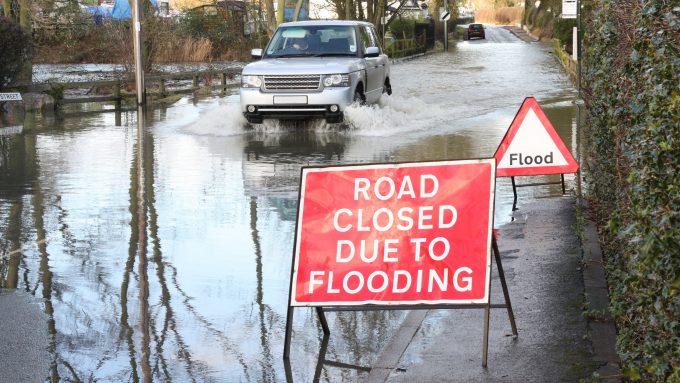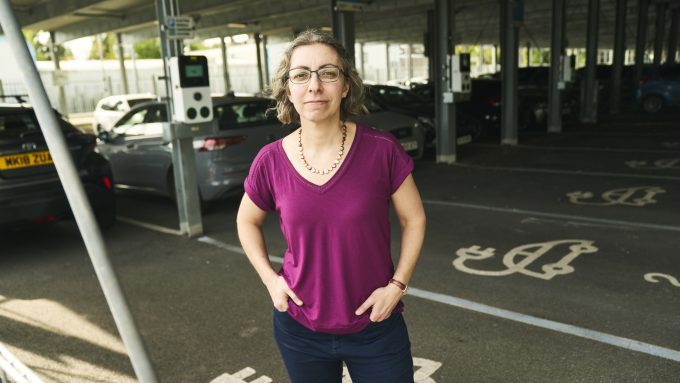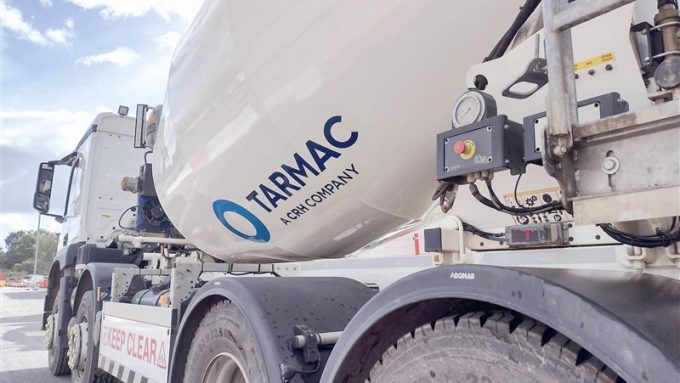
Blueprint for Zero Emission Flight Infrastructure

With the UK’s path towards a sustainable future resting on ambitious 2050 net-zero goals, aviation and airport infrastructure must evolve rapidly.
The widespread adoption of hydrogen and electric aircraft, along with Sustainable Aviation Fuel (SAF) is critical to this transition and will require a multifaceted approach that brings together all key stakeholders in the industry.
But the introduction of new infrastructure presents new challenges for airport operators, including: significant implementation timescales, various maturities of aircraft and airport infrastructure technologies, the construction and operation of infrastructure and funding in a challenging operating environment.
To cope with these complex tasks, the Zero Emission Flight Infrastructure (ZEFI) programme – funded by the Department for Transport – has released a comprehensive 90-page blueprint to serve as a playbook for the industry – helping it understand the changes required to transform aviation and hit zero emission targets.
The report was developed from a wide range of sources and stakeholders, condensing key learnings into a concrete vision for the future of airport and airfield infrastructure. It highlights the similarities and differences between existing fuels and SAF, hydrogen, and electrically powered aviation systems – spelling out a system architecture for the new technologies and showing how they interlink into different potential pathways.
Creating the vision
“We’re trying to get everyone to work to the same drumbeat – there’s been a lack of coordination in the industry because no one wants to go first, no one wants to spend the money and invest,” said Tim Kerby, Founder & CEO, Edinburgh Systems (co-author of the Blueprint)
“This blueprint is about creating that vision and informing the industry of the interfaces and integrated challenges that will require action from a range of stakeholders.”
Key findings in the report have been grouped together by four themes: Engagement and coordination, Commercial, Planning and Operations, and Technology.
Each area looks at the cycle of actions – from the point where energy or fuel enters the airport, how it moves around and is stored, and right up to the point where it enters the aircraft.
Originally designed as an operational concept – the blueprint looks at existing systems and how they can shift to incorporate other capabilities.
“We’ve talked about the changes to operations and people, for example: what training and skills might change; how safety will be affected; and what constraints and risks apply to each of the hydrogen and electric technologies,” added Kerby.
“We’ve identified all the key stakeholders who will need to address the key challenges along with proposed or planned interventions as potential solutions.”
Challenges
From the aviation sector’s perspective, the changes will undoubtedly present a significant challenge, meaning planning will need to start as soon as possible.
UK airports are in the main privately owned. As we come out of the pandemic investors will need evidence to demonstrate the benefits of supporting new infrastructure relating to emerging technologies.
COVID-19 has also had an impact on the aviation industry – with many stakeholders using up a substantial proportion of their cash reserves to cushion the blow.
The result is that when looking at how to reduce its carbon footprint industry is looking at a range of solutions including Sustainable Aviation Fuel (SAF) with relatively small airport infrastructure costs as well as novel technology such as electric and hydrogen.
At present, the industry focus has been on SAF due to the relative ease of implementation in an airport or airfield environment. Operators are concerned about the cost, operational impacts and time need to construct parallel infrastructures for electric and hydrogen flight. Given the novelty of emerging electric and hydrogen technologies, there is also an uncertainty about which direction to take. Another area to consider is how the energy or fuel is provided to the airport or airfield, whether that is hydrogen through pipelines and road networks, or the need to upgrade the local electric distribution networks.
But whole systems thinking can ameliorate current obstacles.
“Quite a few airports own surrounding land that they’ve agreed with local councils to keep as green space rather than develop on. If permissions could be agreed, these spaces may offer a fast-track to net zero by providing a clean slate to build new hydrogen and electric facilities without disrupting existing operations,” added Kerby.
Sales of excess energy back to the national grid is another area where airports can use their scale to their advantage.
Collaboration is key
A combination of incentivisation and disincentives could be key for the transition of the sector, with a gradual but targeted implementation of both a 'carrot and stick' approach.
“Airports have a need to build infrastructure, but at the same time airlines and fixed-base operators who work at the airports need to understand how to use that infrastructure and provide the zero emission,” said Loren Chamberlain, Systems Engineer, Connected Places Catapult.
“Manufacturers also need to get timescales for the production of zero emissions aircraft aligned with the availability of infrastructure.”
Emphasising the need for collaboration, Chamberlain added “The government needs to look at providing incentives [for infrastructure development] and there needs to be focus on how to change consumer behaviour to make green modes of flight, that may cost a bit more, an attractive option – ultimately one action on its own from one stakeholder won’t be enough to initiate change, it will require a collaborative effort.”
Download the Blueprint for Zero Emission Flight Infrastructure below.





